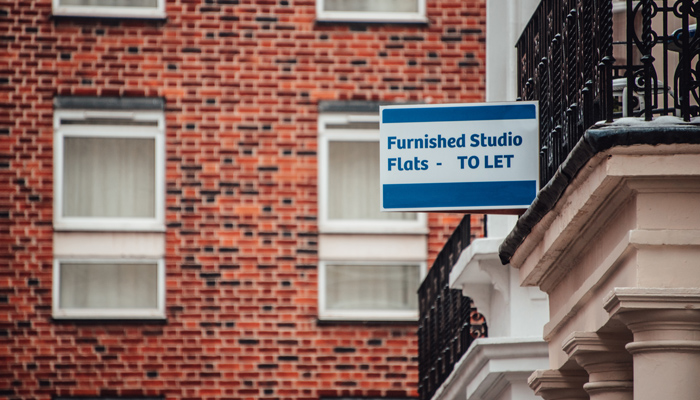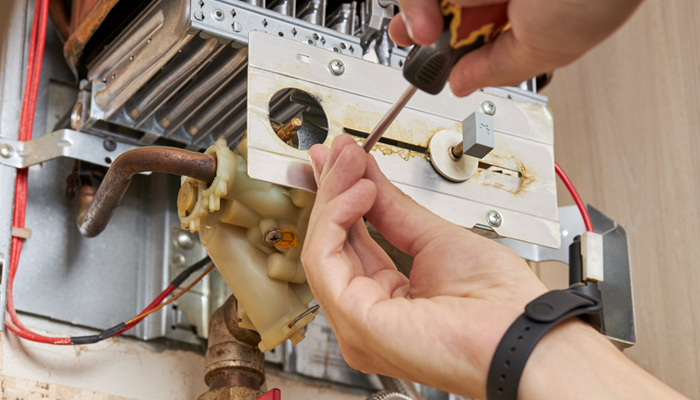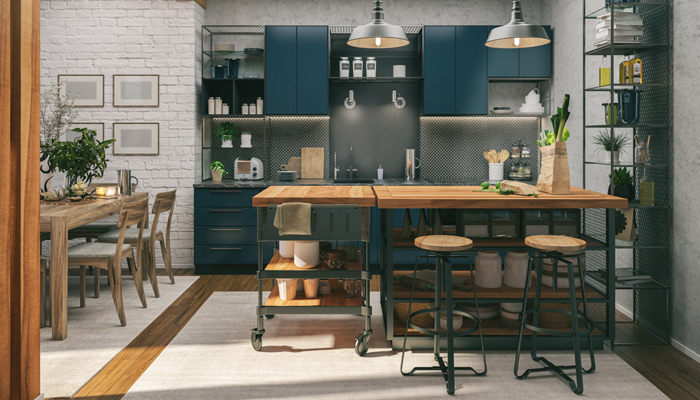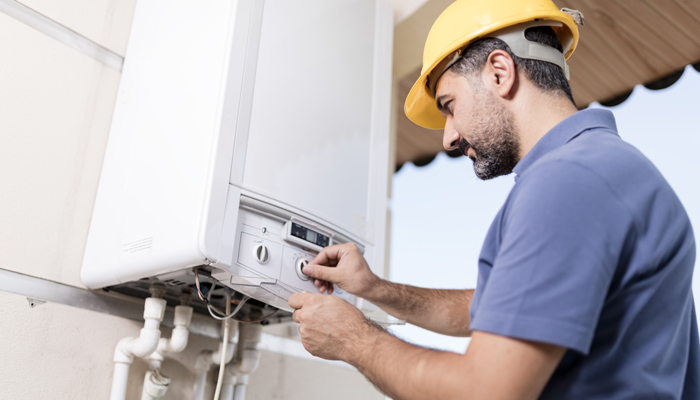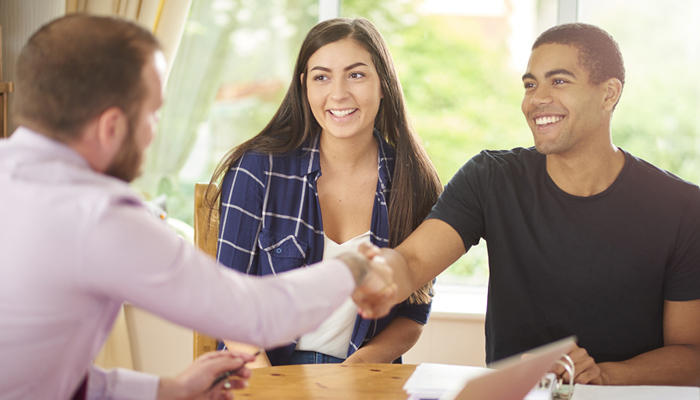How to calculate your rental yield
What is rental yield?
Rental yield is a crucial factor to consider when purchasing a property. Find out what a rental yield is, how to calculate it and what’s considered a good rental yield.
Simply put, rental yield is annual rental income expressed as a percentage of the total property value. Rental yield, or property yield as it’s also known, can be used as a benchmark figure when comparing buy-to-let properties.
The amount of return is dependent on many factors, including:
- Property prices
- Regional disparities
- Capital appreciation
- Interest rates
- Demand growth
- Fluctuations in the housing market
Reading up on the latest developments in the property market should give you all the information you need in order to decide where and when is best to purchase a property. Once purchased, it’s a case of continuing to monitor each factor. Not doing so might not only affect the value or your current property but the purchasing decisions of any property you plan on adding to your portfolio in the future. For instance, new local infrastructure or regeneration plans could increase the value of a property. This affects capital appreciation, or capital growth, which is the amount the property gains or depreciates in value over time. The value of your property will play a part in determining the amount of rent to charge tenants. If a property’s value goes up the rent can too. If your rent price stays static while the average rent price in your area grows you could lose out.
Why is rental yield important?
While rental yield percentage is just one figure, it’s a handy way for investors to quickly compare rental income between properties and judge which is the most attractive investment. It also gives an idea of the property’s potential to generate a positive cash flow once bought.
Naturally, low rental yields will be an unattractive proposition for prospective investors and buyers. Similarly, if a property has a low rental yield when the time comes for you to sell you might find the property difficult to pass on – another reason why keeping an eye on those factors mentioned in the previous section becomes all the more important.
Low rental yield could also mean the rental income you’re receiving doesn’t cover the costs of running the property. Without a sustainable contingency budget, you’re susceptible to bigger losses if, for instance, the boiler breaks and needs to be replaced.
How to work out your rental yield
While there are a few different ways to work out the rental yield of a property, the simplest and most common calculation is yearly rental income divided by the property’s value (the purchase price). This figure is then multiplied by 100 to get the percentage.
So, if we lay it out the property yield formula it would be:
Annual rent income (weekly rent amount multiplied by the number of weeks in a year, 52) ÷ property value x 100
Here’s an example using the rental yield calculation. Let’s say your annual rental income is £12,000 and the property’s value is £200,000:
12,000 ÷ 200,000 = 0.06 x 100 = 6
Therefore, the rental yield for this property is 6%.
What’s the difference between net and gross rental yields?
The calculation above is used for working out the gross rental yield. This is the rental income a property investor can make before any outgoings or expenses are taken off. It’s important to remember that all rental properties come with costs, like general upkeep and interest rates, which need to be factored into the calculation.
The amount of income return after expenses and outgoings have been subtracted is called the net rental yield. Net rental yield is important because a property might have a high gross rental yield but also high mortgage interest rates, for example, making the return low and resulting in a low net yield.
The net rental yield calculation is similar to the gross rental yield calculation above, however annual expenses are added into the equation. To work this out, start with the annual rent income and subtract the annual expenses and losses, divide this number by the value of the property and multiply by 100.
If we say a property’s value is £300,000, expected rent is £200 a week and expenses/losses are £3000 then the calculation would be:
£10,400 (£200 x 52 weeks) - £3000 ÷ £300,000 x 100 = 2.5
So, the net yield would be 2.5%.
The expenses and losses that affect net yield are:
- Costs associated with the property purchase, e.g. price of the property, loans, legal fees and surveying costs
- Losses due to property vacancy, such as rent and advertising
- Property management or letting agency fees
- Maintenance and repairs
- Insurance
- Rates, e.g. interest rates
What is a good rental yield?
In the UK, a rental yield above 8% is considered good for a buy-to-let property. This level should cover month-to-month maintenance, mortgage payments and unforeseen costs. Anything under this would warrant caution as there might not be enough income to cover these payments and leave some take-home for the owner, which is the overall goal for investors.
As a rule, the higher the rental yield the better it is, however, it’s important to keep in mind the expenses that could seriously affect the level of rental income. Before making any big decisions, it’s a good idea to research into other properties, both in the same price bracket and in the area to see how any potential property purchases compare.
One major factor that impacts rental yield is region. In 2018, the best areas to purchase a buy-to-let property based on rental yield were Nottingham (12%), Liverpool (9.8%) and Cleveland (9.5%). London’s yields remain low due to property prices, with the highest rental yield being 4.8%. On average, the capital is one of the worst postcodes for buy-to-let yields, only surpassed Hemel Hempstead (1.9%) and Crewe (1.8%).[1]
The size of the property may also affect the yield. Usually, the bigger the property, the higher the value and therefore the more investors can charge tenants in rent. While a three-bedroom house might attract more rent than a studio flat, it’s worth remembering that larger properties tend to incur more maintenance costs, have higher insurance prices and higher vacancy costs that will need to be absorbed during periods when the property is empty. In this sense, investors shouldn’t purely rely on the size of the property when looking at the rental yield.
How you can maximise your rental yield
Property yield very much depends on factors that are out of an investor’s control, like tax and fluctuations in the property market. That said, there are ways to boost the yield on a property. Some easy ways to maximise rental yield are:
- Increasing rent: this may seem like an obvious fix, but it doesn’t come without its risks. Firstly, you will need to check if you’re allowed to increase the rent based on the clauses in the tenancy agreement. Secondly, the rent still needs to match what is acceptable for your area and property size as anything higher might deter renters.
- Property improvements: people are more willing to pay a higher rent if the property has been fitted with a good kitchen and bathroom. A few simple touch-ups can instantly bolster a property’s appeal.[1]
- Pet friendly: pet friendly rental homes are few and far between in the UK. Allowing tenants to keep animals in your property will not only open your home to a new category of tenants, but you can also charge more.
- Extend the notice period clause: adding a clause to the contract stating that tenants should give two months’ notice before vacating a property instead of one will give you enough time to fill the space, ensuring you’re not left with any vacancy time.
- Insulate: adding insulation to the property will cut heating costs in the winter for tenants and adds an attractive feature to potential tenants.
- Learn tricks of the trade: lower your overhead costs by shopping around for the best mortgage deal or finding the handymen who can give you reduced rates on repairs, for instance.
Landlord insurance from Towergate
Landlord insurance provides cover specifically for renting properties, including loss of rent cover and property portfolios. For more information visit our dedicated landlords insurance page or call us on 0344 892 1664.
Date: September 06, 2019
Category: Landlords





